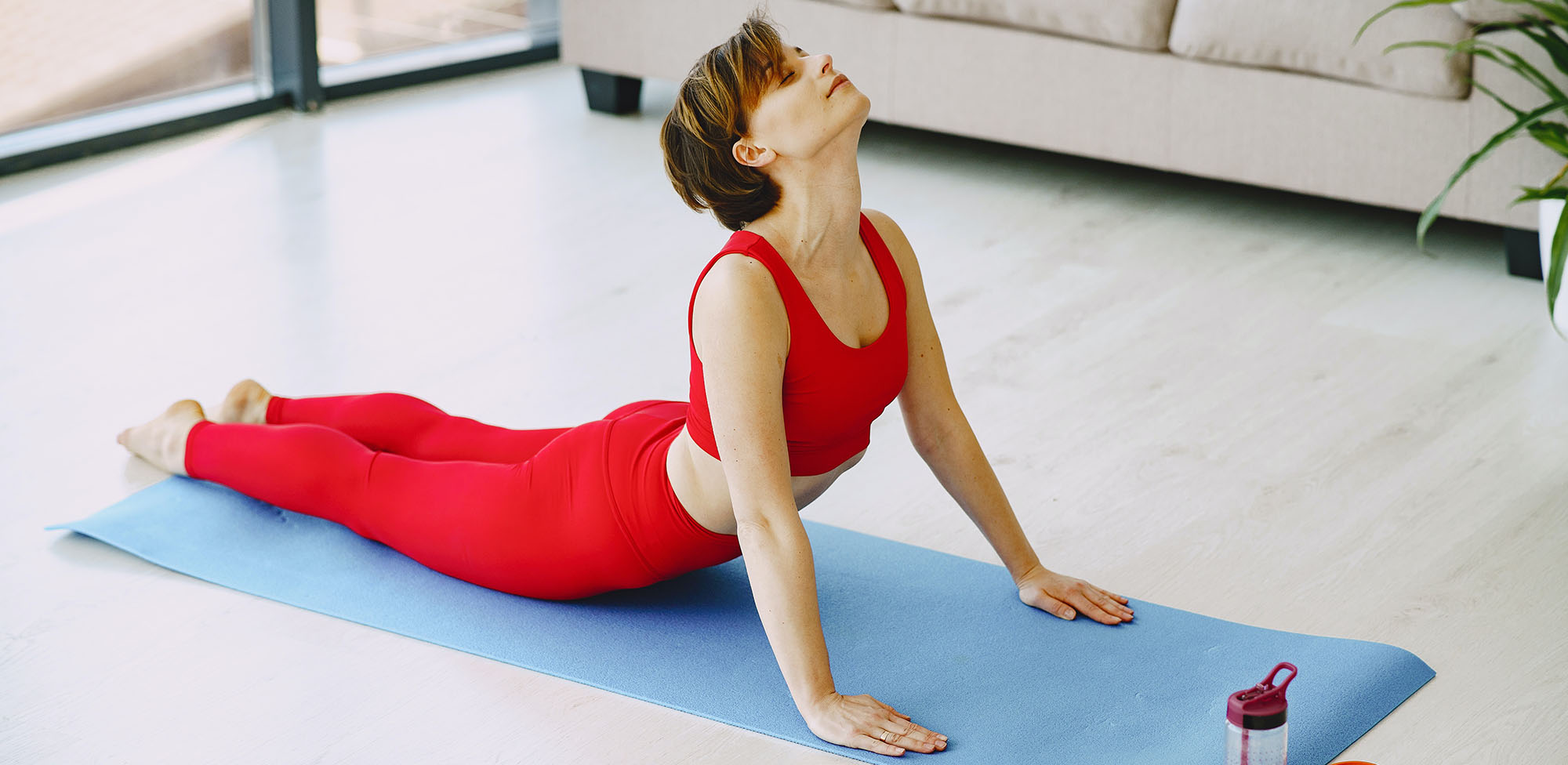When the mercury rises, so does the risk for heat exhaustion and other heat-related illnesses. These risks increase for older adults, who may have difficulty adjusting to extreme temperatures. Seniors are also more likely to have chronic conditions or take prescription medications that make them more sensitive to heat. If you want to stay active when the summer sun takes over, try these smart tips for safer summer exercise.
Stay Indoors
Adjust your normal routine to move your workout inside. If your home doesn't have air conditioning, schedule your exercise sessions around the forecast, or head to a cool setting like a gym, senior center or community center. If you live in an area with a large shopping center, try walking the mall for a change of pace.
Dial It Down
If your typical exercise is fairly strenuous, take it down a notch on the hottest days. For example, if you usually jog or bike, go for a walk instead. Choose a path in your neighborhood with plenty of trees to stay shielded from the sun. As your body acclimates to the increasing temperatures this type of year, you can slowly increase the intensity and frequency of your workouts as long as your doctor says it's safe for you to do so.
Check the Clock
The sun tends to be strongest from 10 a.m. to 4 p.m., so schedule your workouts early in the day or toward dusk. If you like to exercise after dark or before the sun rises, make sure to wear lights or reflectors so you remain visible to cars.
Get Wet
Water aerobics is an incredible source of low-impact cardio and strength training, so it's often recommended for adults who struggle with joint pain. As an added bonus, you can keep cool on 90-degree days by taking a dip. If you aren't uncomfortable with an aerobics routine, simply swimming a few laps provides a healthy workout.
Remain Hydrated
Drink at least eight 8-oz glasses of water each day, or more if recommended by your doctor. Don't wait until you feel thirsty to drink; according to the Centers for Disease Control and Prevention, by the time you notice the symptoms, you may already be dehydrated.
Dress for Success
When you venture outside to exercise in the summer, protect your skin with loose-fitting, light-colored clothing. Look for fabrics with UPF protection, since these garments actually block out the sun's rays. Wear a wide-brimmed hat to shield your face, along with sunglasses that have UV protection.
Go Golfing
Even if you're new to the sport, golfing provides a low-impact workout. Because you can ride the golf cart from hole to hole, you have the option of taking a break if you begin to feel tired. In between rides, swinging the club and seeking the ball get you moving. Golfing also provides a great opportunity to connect with others.
Work Out With a Buddy
Speaking of connection, a friend is the perfect complement to your exercise regimen. Using the buddy system is especially important during the summer, so one of you can get help if the other succumbs to the heat.
Practice Self-Care
After a workout, lower your body temperature with a comfortably cool bath or shower. You should also get plenty of sleep on the night after a workout and take it easy so your body has time to rest.
Know When To End
Familiarize yourself with the symptoms of hyperthermia and stop exercising right away if you don't feel well. Danger signs include confusion, dizziness, headache, weakness, nausea or muscle cramps. When these symptoms occur, go inside, drink water and call your doctor right away.
Staying active keeps you healthy throughout life, but too much exercise can cause issues when it's hot outside. With these strategies, maintain your fitness routine no matter what the sun has in store.


Thank you so much for the information, your the best.
Very good information, so important to exercise…………..!!
I really like reading through an article that will make people think. Also, thank you for allowing me to comment!